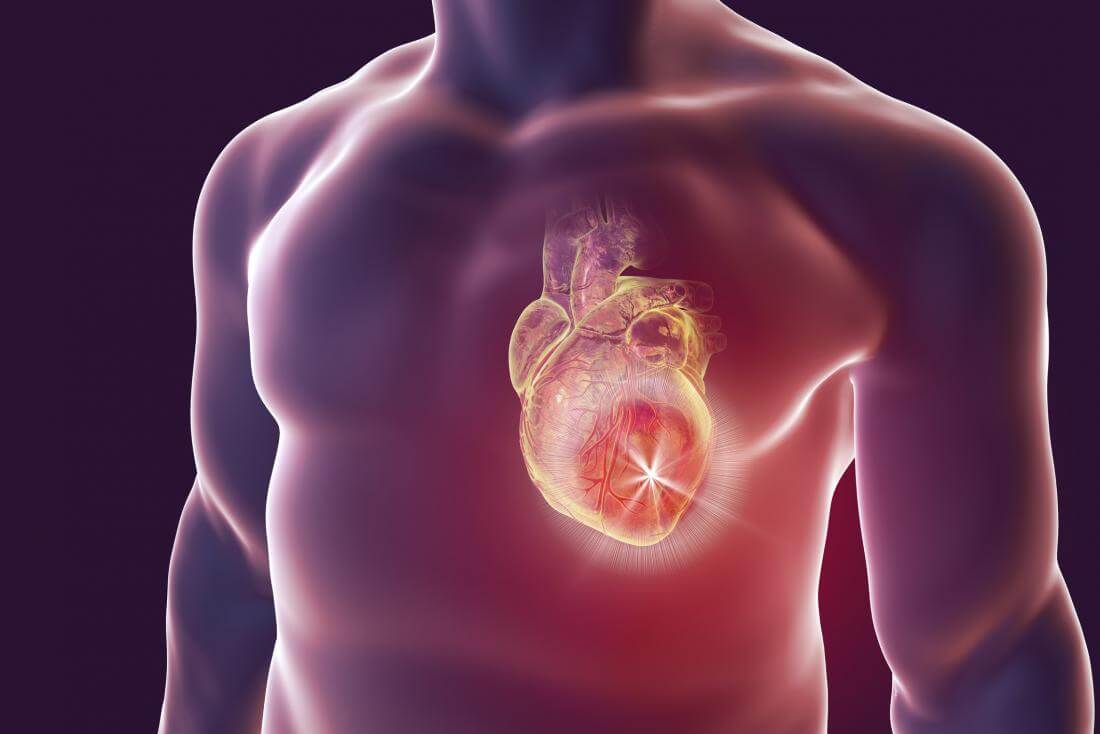Angio can be summarized as the imaging of vessels that feed the heart, called coronary vessels. It is a method that we use to display these vessels when there is suspicion of coronary artery disease known as vascular stiffness or when symptoms of the disease appear. The most common symptom that indicates the disease is chest pain.

We recommend performing coronary angiography with two different approaches to patients. If the doctor detects the patient's complaints (such as the threat of a heart attack) that indicates the severity of the condition, he / she will perform angiography directly without the need for some tests. Angiography should be performed directly during acute heart attack. The purpose here is beyond the visualization of the heart vessels, it is life-saving to perform the opening (Stenting) procedure to stop the heart attack by detecting the occluded vein instantly. Here, we can stop balloon angioplasty and stenting with angiography and stop it within the first two hours after the onset of a heart attack. In this way, we both reduce the risk of death and save the patient from the effects of a long-term heart attack. Considering the patient's complaints, the second method is used considering that the situation is less serious. If the patient complains of chest pain with a certain effort, we can understand that there is a problem in the heart vessels. Since the situation is not very urgent here, we evaluate the decision of angiography with some pretests such as effort test, scintigraphy (also known as thallium test). These are basically tests that confirm the need for angiography. If these tests show signs of deficiency in the heart, we recommend angiography to these patients.
